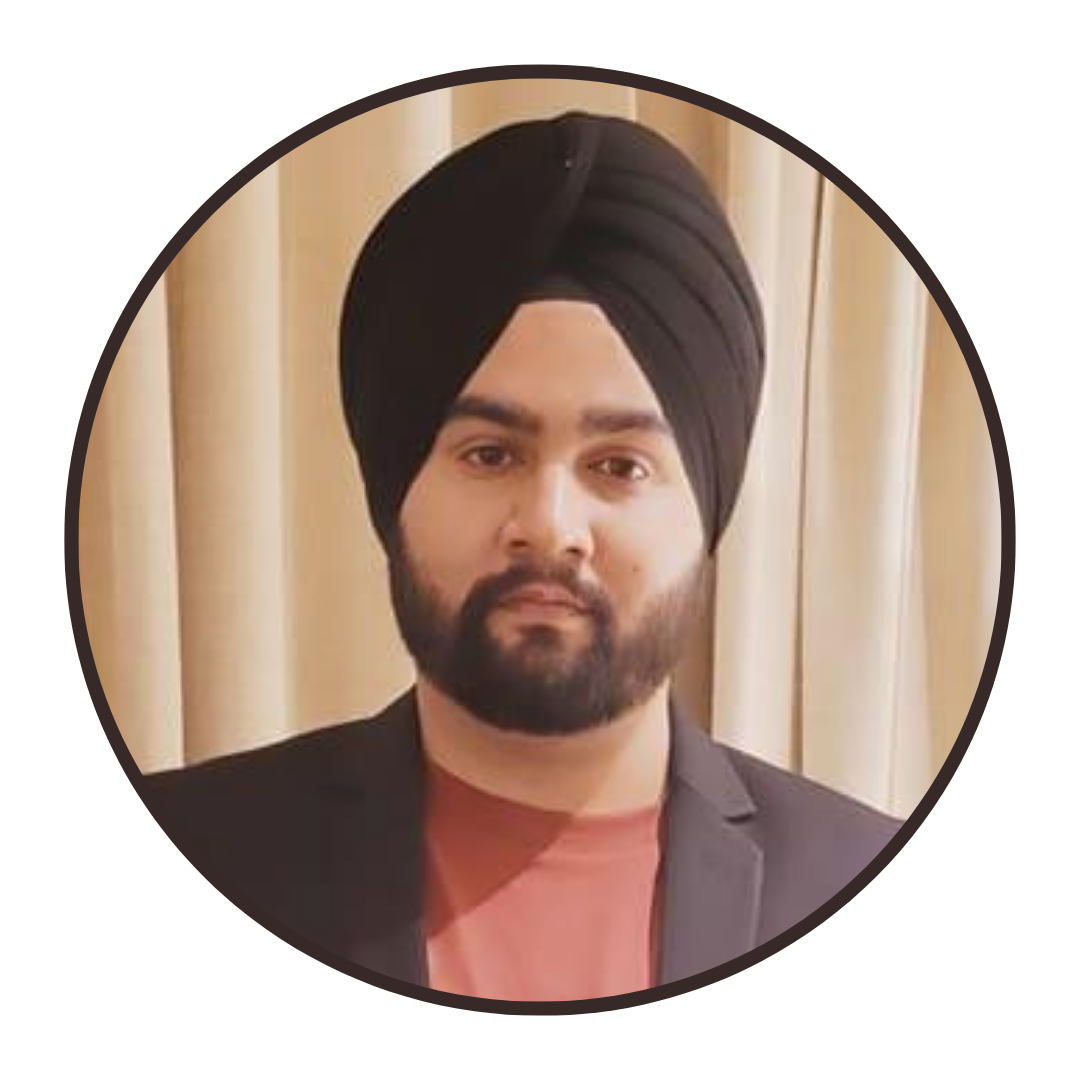What are Open Ended Mutual Funds?
Open-Ended Mutual Funds
Open-ended mutual funds are open for investors to enter or exit at any time, even after the NFO (New Fund Offering).
When existing investors acquire (purchase) more units or new investor acquires units from the open-ended scheme, it is a sale transaction for the mutual fund scheme, this happens at a sale price or the NAV (Net Asset Value).
When investors choose to return (redeem) any of their units to the scheme and get back their equal value (in terms of units), also known as re-purchase transaction, this happens at a re-purchase price or the NAV.
Although some unit-holders may exit from the scheme, wholly or partly, the scheme continues operations with the remaining investors. The scheme does not have any kind of time frames to close or stop accepting new investments. The ongoing entry and exit of investors imply that the unit capital in an open-ended fund would keep changing regularly.
Preference & Advice
These Mutual Funds are mostly preferred and ideal for the investors because it provides liquidity to investors whenever they are in any urgent need of funds.
These Funds also helps in the asset allocation of your entire mutual fund portfolio like you can decrease your exposure from equity mutual funds when there is overvaluation by redeeming your units in these funds.
Also, you can exit any time from the open-ended scheme when that particular scheme is underperforming. So these are the reasons why a retail investor should prefer and invest the majority of his/her investments in these funds with the help of your financial advisor who can better understand your needs and construct a portfolio for you that will match your investment risk profile.
the open-ended fund, types of mutual funds, types of mutual fund scheme, the difference between open-ended & close-ended funds
Any Query? Ask me on Twitter @gurpreet_saluja

Hi, I’m Managing Director at Gurpreet Saluja Financial Services Pvt. Ltd. Where I help my investors to invest in mutual funds and achieve their financial goals. I’m also a Value Investor and here I write about Personal Finance & Investing.

